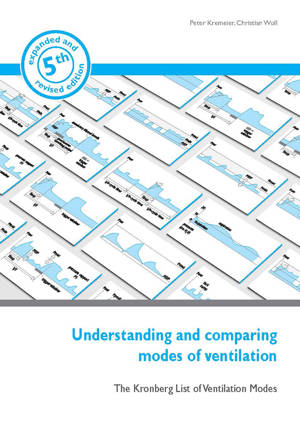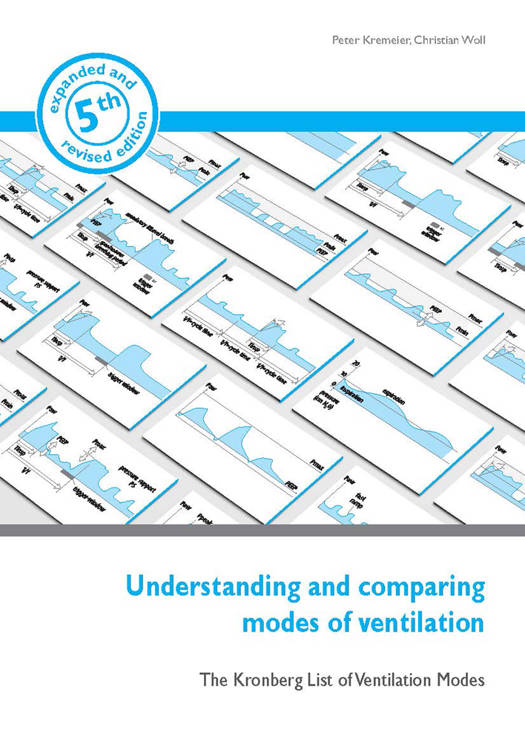
- Afhalen na 1 uur in een winkel met voorraad
- Gratis thuislevering in België vanaf € 30
- Ruim aanbod met 7 miljoen producten
- Afhalen na 1 uur in een winkel met voorraad
- Gratis thuislevering in België vanaf € 30
- Ruim aanbod met 7 miljoen producten
Zoeken
Understanding and Comparing Modes of Ventilation
The Kronberg List of Ventilation Modes
Peter Kremeier, Christian Woll
Paperback | Engels
€ 25,45
+ 50 punten
Omschrijving
In the absence of regulatory requirements, ventilator manufacturers have independently defined a wide range of terms and abbreviations for the ventilation modes they use. For reasons of competition and marketing, the names of such modes are frequently subject to trademark protection. As a result, the current nomenclature for ventilation modes is characterised by inconsistent and manufacturer-specific designations. This is not only confusing for users in clinical practice, but also for readers of textbooks and articles. Over the years, there have been a number of voluntary initiatives to standardise the ventilation taxonomy. Robert L. Chatburn published the first classification scheme for ventilation modes in 1992, followed by updated versions in 2007 and 2014, respectively, as taxonomies for ventilation modes. Unfortunately, these terms did not become established in practice and were mostly ignored by medical device manufacturers. Solutions for a uniform nomenclature for ventilation and a standardized classification system for ventilation modes have also been pursued on a European level. A uniform nomenclature was published for the first time in the second half of 2019, in the form of the international standard ISO 19223:2019. The published standard has been an important step on the way to manufacturer-independent naming of ventilation modes to reduce potential user errors and improve comparability. We hope that the Kronberg List will go some way towards guiding you through the labyrinth of ventilation modes, and that it proves useful as a quick reference guide in bedside decision-making. Comparison tables that acknowledge differences between different manufacturers' devices, and which provide detailed descriptions of all relevant characteristics, will make it easy for the user to compare the relevant ventilation methods. Due to the increasing relevance of outpatient ventilation devices, so-called homecare ventilation devices were included as well. Schematic explanations of different nomenclatures were included to facilitate studying the international professional literature. The new edition has been completely revised and expanded.
Specificaties
Betrokkenen
- Auteur(s):
- Uitgeverij:
Inhoud
- Aantal bladzijden:
- 84
- Taal:
- Engels
Eigenschappen
- Productcode (EAN):
- 9783958536081
- Verschijningsdatum:
- 10/10/2020
- Uitvoering:
- Paperback
- Formaat:
- Trade paperback (VS)
- Afmetingen:
- 107 mm x 4 mm
- Gewicht:
- 357 g

Alleen bij Standaard Boekhandel
+ 50 punten op je klantenkaart van Standaard Boekhandel
Beoordelingen
We publiceren alleen reviews die voldoen aan de voorwaarden voor reviews. Bekijk onze voorwaarden voor reviews.








